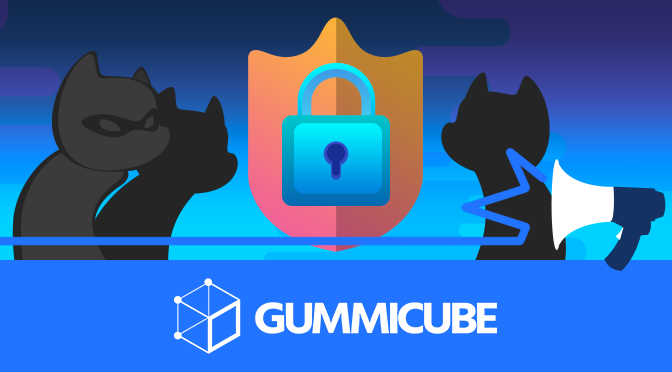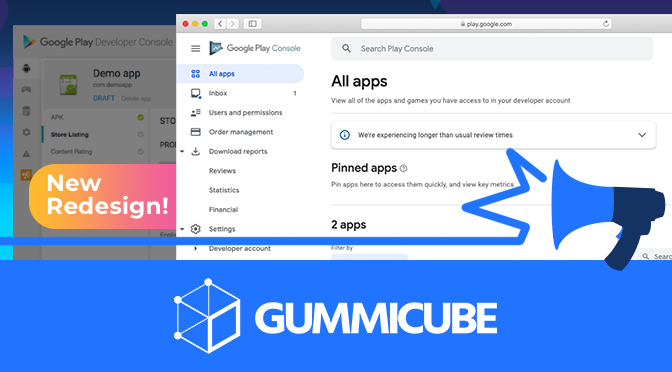
App Store Holiday Schedule 2020
Posted on November 23rd, 2020
When is the App Store Holiday Schedule 2020? Learn about the dates of this year's shutdown and how to prepare.

Marketing an app exclusively within the Apple App Store or Google Play Store will severely limit its visibility. A good marketing strategy has to draw users in from a wide range of sources, including both paid ad campaigns and social media. As one of the most frequently used websites and phone apps, it’s no surprise that Facebook ads are used by 93 percent of social media advertisers, and 62 percent of marketers consider it to be their most important platform. Utilizing Facebook as a marketing platform can help mobile apps grow significantly.
By incorporating a Facebook strategy alongside App Store Optimization (ASO) in an existing marketing strategy, a company can drive new users to their app’s download page and stand out from their competitors. However, there’s more to Facebook marketing than solely running an ad campaign. Engaging with users properly through Pages, sharing relevant content and boosting individual posts are all vital to getting the most mobile growth from the social network.
In addition to regular social media advertisements, marketers need a Facebook page to direct users to, and in fact cannot start an ad campaign without first having a page created. This makes sense, as a well-designed page is vital to reaching customers, whether they’re visiting the page to get a better understanding of the app or “liking” it to show their support. The Facebook page serves as a secondary landing page for the app. It should feature promotional material from your product page and proper links to the app store(s) it is available at. The page should also include contact information, promotional art, in-app videos and any other information that may be important to the user. As Facebook’s algorithm makes it nearly impossible for a single post to reach every viewer, high customer engagement can only be achieved with a steady flow of posts. As such, the page should be updated consistently to ensure maximum reach. Understanding best marketing practices will ensure a page sees the greatest amount of views. The average brand posts eight times per day on Facebook to achieve the greatest outreach. Studies have also shown that the best times to post are from 1:00 to 3:00 pm, with Wednesdays, Thursdays and Fridays seeing the best results.
Once users are coming to and following the page, maintaining engagement with them is necessary. In fact, Facebook and other social media platforms are key to customer support and service. In 2017, over 2/3 of consumers turned to social media to resolve their customer service needs. Facebook, Twitter and other social networks continue to grow as a user-preferred method for reaching a company or business. Maintaining user engagement starts with companies responding to Facebook messages and posts. Pages on Facebook are given ratings as to how fast they respond and the percentage of messages they reply to or leave unanswered. Users will see if they can expect to get answers to their queries or not, so a drop in percentage will lower user confidence. However, user engagement means more than just replying to messages. Any posts made on social networks will receive interactions from users. While it isn’t necessary to respond to every one, it is still important to determine which require action and respond accordingly. Even occasionally giving a “Like” reaction to a comment can let users know they’re being heard, thus improving the customer relationship.
The goal of using Facebook Pages for marketing is to get users and followers sharing posts on the page’s behalf. When users are encouraged to share posts, they’ll reach significantly larger audiences, as well as feel more connected to the company. Getting users to share a page sounds easy in theory, but it can be tricky in practice. Sharing amusing images may seem like an easy way to get views, but those do not tell potential users about the app or encourage them to follow the page. Instead, share posts with useful information that benefits a user. If a user feels the post has helped them, the odds they will share or like the page increases. Some mobile games, for instance, run a post campaign where all users will benefit in-game if the posts get enough shares or likes. As everyone gains from its success, both new and old followers will be encouraged to share and contribute. Thanks to any shares generated from the post series, the mobile game can reach potential users that were previously unaware of it. By having users share posts that highlight the mobile game’s features and gameplay, these new users are encouraged to download the app and follow the page themselves. When the page does a similar campaign again, the cycle repeats itself – the new users will like and share the posts, reaching new audiences, and so on. However, contests where those who share a post only have a chance of winning could potentially violate the Facebook’s terms of service, so it’s important to be careful. Users are also less likely to share those posts if there’s no guarantee of winning anything, which is why posts where everyone benefits tend to perform better.
While Facebook is a valuable organic source of new traffic, paid advertisements and sponsored posts still serve an important purpose. Utilizing paid ads and sponsored posts will help reach a wider audience, thus drawing new users to the page and the app. Facebook tends to limit the reach of regular posts, which means a single one will never be seen everyone who follows the page. They will, however, extend the reach for a fee. Best practices recommend using this to “boost” only important posts to reach the widest audience. Regardless of the post’s purpose, photos and videos are essential for catching users’ eyes. Strong visuals encourage users to click on the app, and without them, most posts will be ignored, no matter how many feeds they reach. These visual assets are so important that research has shown that images account for 75-90 percent of a Facebook ad’s performance. The text used in an ad or boosted post should call out the app’s value, but also be brief. The most effective length for an ad’s title is four words, and the description should not be more than 15.

Facebook advertising is a key tool for mobile marketing. In 2016 alone, 79 percent of American Internet users had a Facebook account and the social network has grown steadily since then, making it a valuable tool for reaching large and relevant audiences. Customer engagement is the key, whether through responding to user messages or encouraging them to share posts with their friends. A well-managed page can bring in and retain multitudes of users while reaching a wider audience. However, a poorly-run page or one that doesn’t properly engage with users will prove fruitless.

When is the App Store Holiday Schedule 2020? Learn about the dates of this year's shutdown and how to prepare.

Apple's App Store Guidelines have strict privacy requirements. Developers now must provide information to users on the App Store listing regarding the data they access.

The Google Play Developer Console has been updated with a new design and adjusted tools. What's different, and how will it impact App Store Optimization?